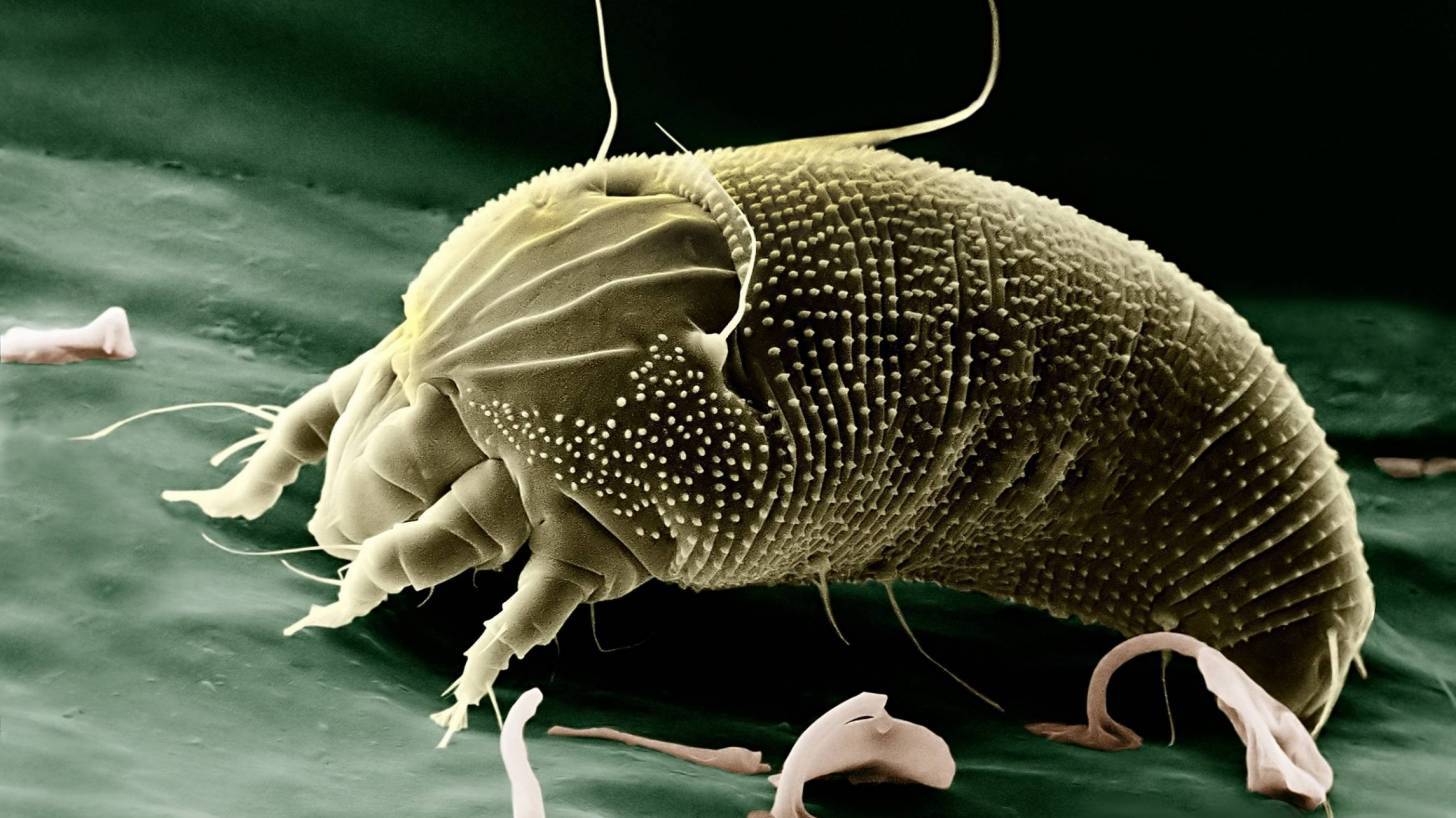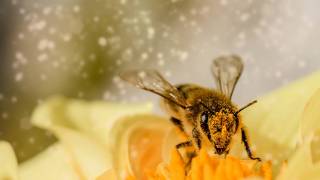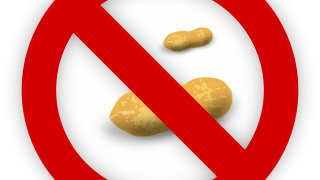Immunotherapy Shots May Reduce Dust Mite Allergy Symptoms

A British biotechnology company announced the Acarovac Monophosphoryl lipid A (MPL) immunotherapy improved dust mite allergy symptoms during a limited, phase 1 clinical study.
This is important news since roughly 80 percent of homes in the USA have detectable levels of dust mite allergen.
Acarovac MPL is a subcutaneous immunotherapy product containing Dermatophagoides pteronyssinus and Dermatophagoides farinae allergoids, adsorbed to the adjuvant system comprised of MCT(R) (Microcrystalline Tyrosine) and MPL.
The AM101 study in Spain reported the immunotherapy was well tolerated when administered as 7 injections over 6 to 12 weeks, with each injection scheduled 1 to 2 weeks apart.
The 2nd endpoint of this study included the vaccine's effect on patients' responses to a nasal provocation test, in which the nose is exposed to the substance that causes the allergy.
In this case, a significant improvement from baseline was seen in patients' total symptom scores after a nasal provocation test after 12 weeks, with increased immunoglobulin markets and reduced IL-4 - a protein associated with allergies.
Additionally, study participants reported high satisfaction with their treatment when responding to a questionnaire.
AM101 is an open-label study and intended to assess the safety and tolerability of the vaccine, involved 16 adult patients with house dust mite-mediated allergic rhinoconjunctivitis.
House Dust Mites (HDM) are arachnids that infest bedding, carpet, upholstered furniture and fabric. Dust mites are tiny organisms that can barely be seen by the naked eye. They feed off house dust and the moisture in the air.
Like many other allergens, exposure to House Dust Mite Allergens (HDMA) in sensitized patients is associated with poorer lung function, greater medication requirements and more asthma symptoms as well as chronic rhinosinusitis symptoms, said this previous study.
In contrast to other allergens, there is evidence that HDMA leads to the development of asthma, in addition to exacerbating pre-existing asthma in HDM-sensitised patients.
Allergy Therapeutics Chief Executive Manuel Llobet said in a press release, "The success of our clinical trial in house dust mite-induced allergic rhinitis is encouraging news for the many patients who continue to suffer from the symptoms caused by house dust mite allergy.”
“We believe Acarovac MPL could build on our success in dust mite immunotherapy and we look forward to progressing towards phase two clinical studies."
Previously, during 2017, an International Consensus (ICON) on the clinical consequences of mite hypersensitivity, said:
- Most publications on allergy and dust mite control would agree that a comprehensive program of personal hygiene, bed hygiene, properly fitted allergen-impermeable covers, cleaning, dehumidification or air conditioning and appropriate food storage in very damp climates can reduce exposure to house dust mite allergens. It is a stretch further to conclude that the above steps can improve symptoms in those already allergic to dust mites.
- However, depending on the sensitivity and lifestyle of the allergic person, prudent efforts over an extended period of time are likely to result in a gradual improvement in health.
- The fact that current studies do not provide sufficient evidence for critical reviews to conclude there is an unequivocal benefit is no reason to abandon logical and prudent efforts to reduce mite exposure.
Our Trust Standards: Medical Advisory Committee
- Allergy Therapeutics PLC Positive top line phase I results for Acarovac MPL
- Evidence of the efficacy and safety of house dust mite subcutaneous immunotherapy in elderly allergic rhinitis patients
- House dust mite-related respiratory allergies and probiotics: a narrative review
- Respiratory allergy caused by house dust mites: What do we really know?
- International consensus (ICON) on: clinical consequences of mite hypersensitivity, a global problem
- What are Dust Mites?
- Allergy Therapeutics PLC Announces Novel House Dust Mite Allergy Vaccine Gains Clinical Trial Application Approval
























